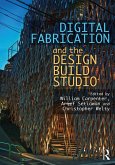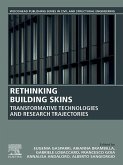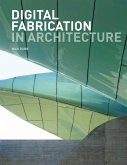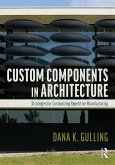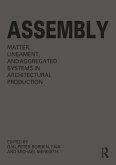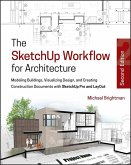Metal fabrication is a value added process that involves the construction of machines and structures from various raw materials. A fab shop will bid on a job, usually based on the engineering drawings, and if awarded the contract will build the product. Fabrication shops are employed by contractors, OEMs and VARs. Typical projects include; loose parts, structural frames for buildings and heavy equipment, and hand railings and stairs for buildings. The raw material has to be cut to size. This is done with a variety of tools. The most common way to cut material is by Shearing (metalworking); Special band saws designed for cutting metal have hardened blades and a feed mechanism for even cutting. Abrasive cut-off saws, also known as chop saws, are similar to miter saws but with a steel cutting abrasive disk. Cutting torches can cut very large sections of steel with little effort. Burn tables are CNC cutting torches, usually natural gas powered. Plasma and laser cutting tables, and Water jet cutters, are also common. Plate steel is loaded on a table and the parts are cut out as programmed. This book on this subject deals with definitions and derivations, principles and problems to be studied by the ITI students.
Dieser Download kann aus rechtlichen Gründen nur mit Rechnungsadresse in A, B, BG, CY, CZ, D, DK, EW, E, FIN, F, GR, HR, H, IRL, I, LT, L, LR, M, NL, PL, P, R, S, SLO, SK ausgeliefert werden.



